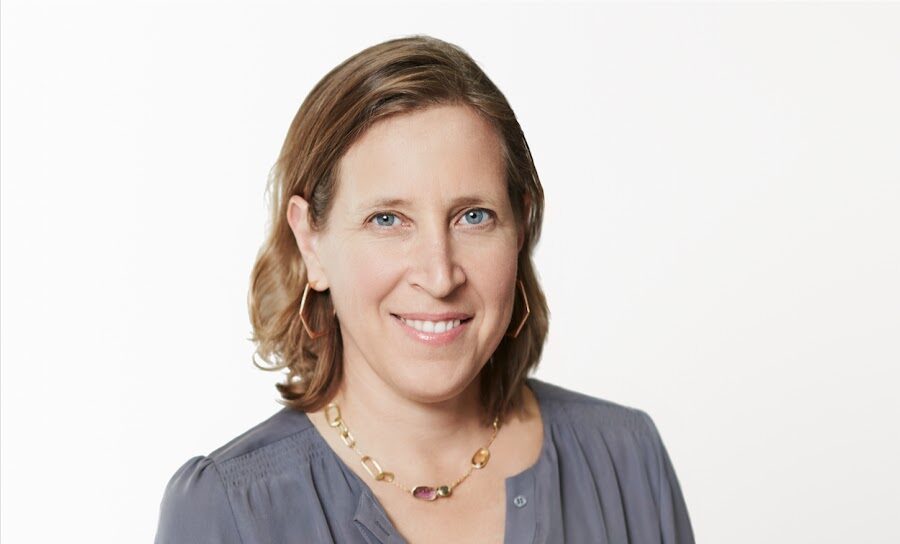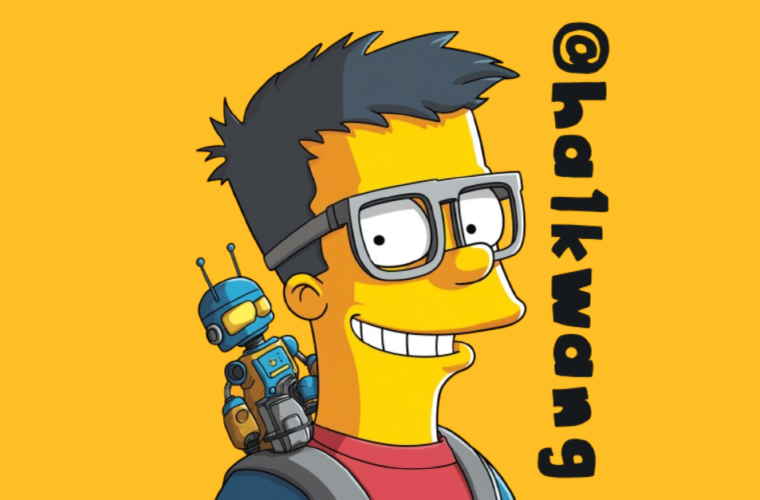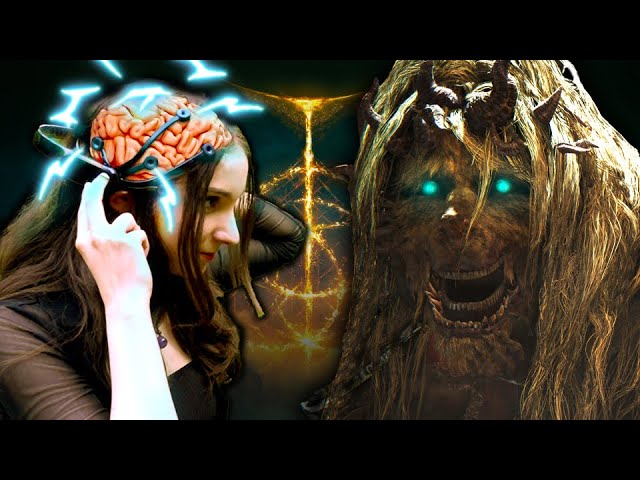After nine years at the helm of YouTube and 24 years at Google, Susan Wojcicki has resigned. Her place will be taken by Neal Mohan, YouTube’s current Chief Product Officer. In addition to assisting her heir in the transition period, the former YouTube CEO has agreed with Sundar Pichai, CEO of Alphabet and Google, for an advisory role in which she will put the experience she has gained in over two decades at the service of all the holding company’s businesses. At the same time, Wojcicki said she wanted to “start a new chapter of life dedicated to family and personal projects”.
Born in California in 1968 to parents of Russian and Polish descent, Susan Wojcicki grew up attending the Stanford campus in California, where her father, Stanley, was chairman of the Physics department. She was also inspired by her mother, Esther, a Palo Alto High School journalism teacher. Moreover, everyone in the family played a leading role, such as his sister Anna, who is known for founding and running the genetic testing company 23andMe (as well as being 2015 the wife of Sergey Brin, one of the two founders of Google)
The flair to bet on Google and the ability to impose oneself in a male environment
Despite her degree in history and literature, the first turning point for Susan was the computing course she took in her final year at university, which changed her way of thinking. So after a master’s degree in economics, she debuted in the working world at Intel until she realised the importance of Google. It happened when, with the search engine down, she could not find an answer to an important question. That’s when she decided to change companies and join Big G, a startup she knew very well because it was born in her garage. In order to pay the mortgage on a $600,000 house she and her husband bought in Menlo Park a few years earlier, Wojcicki had rented out her garage for $1,700 a month to two guys developing a search engine.
After spending so much time with Brin and Page, listening to their plans on how their creature would change the world, Wojcicki joined Google in 1999 as the company’s 16th employee and first marketing person.
Leading the unprecedented is difficult; doing so in the context in which Big G was born and has gradually gained power is even more noteworthy. One of her greatest merits was her ability to adapt and find solutions to a number of projects that Google developed over time and for which there was no previous management model. In addition to devising Doodles to celebrate holidays, historical figures, and events of global significance, Wojcicki was in charge of Google Image and Google Book, led the acquisitions of DoubleClick and YouTube, and had the intuition to bring advertising offers to websites and blogs. An idea that later became known as AdSense allows publishers to earn money by advertising on their sites.
Another crucial intuition of Wojcicki’s for the fate of Google was the realisation that he had to put aside Google Video. This service never convinced users, not least because the market offered more intriguing alternatives. One of these was YouTube, a video-sharing platform conceived in 2005 by three young men under 25 (Jawed Karim, Chad Hurley and Steve Chen), which Google acquired the following year for $1.65 billion precisely on Wojcicki’s instructions.

The latest turning point in her professional life is dated February 2014, when she was appointed CEO of YouTube to replace Salar Kamangar, another early Google employee (the ninth person to be hired). In nine years at the helm of the second most visited site in the world – it is behind only Google.com but YouTube. com is the site with the most page views on average by users and with twice the average time spent (21 minutes and 32 seconds) compared to the next in the ranking (source: Digital 2023, report by We Are Social with the collaboration of Meltwater) – Susan has transformed an environment perceived as a land of hackers whose stylistic signature was associated with copyright infringement into a community that has become the largest video platform in the world, as well as an important reference for shaping public opinion and the dissemination of information and content.
How she transformed YouTube
During his reign, YouTubers blossomed, and YouTube’s monthly users exceeded 2 billion. YouTube Premium, YouTube Music and YouTube TV have arrived, as well as more than ten opportunities for creators to monetise their work in conceiving and making films for the Tube. Remaining on product news, the latest in chronological order was YouTube Shorts, launched to curb the growth of TikTok.
Over the course of almost a decade, there has certainly been no shortage of thorns, such as the 2017 Adpocalypse, when many companies blocked ad campaigns for anti-Semitic and hate speech content posted by PewDiePie, the most popular and followed YouTuber at the time. There were also moments of terror experienced by YouTube and its employees, such as the shooting at the company’s headquarters in San Bruno, California, at the hands of Nasim Aghdam, a woman who died during the attack because of the censorship exercised against her by YouTube.
Running a global social media while trying not to step on the toes of creators, advertisers, and shareholders is a complex and stressful task. To manage to do so without getting into pitched battles with any of the three parties while increasing the role and value of the platform over time is to be applauded. This is why Wojcicki’s reign is regarded by analysts as an example of good leadership and effective long-term vision, as she leaves a legacy that will remain a management benchmark for a long time.
“Susan Wojcicki never did anything quickly, it seemed like every decision was very measured,” Lia Haberman, a social media marketing consultant and UCLA instructor, told Fast Company. “And while there were things that upset creators and fans alike, like demonetising videos or removing dislikes, it felt like she was steering the ship towards a North Star versus chasing other platforms or content trends.”
Wojcicki’s resignation once again opens up the issue of gender in Silicon Valley leadership posts. As already happened with the farewell of Sheryl Sandberg, who was replaced in Meta by Javier Olivan, YouTube has also chosen a man to replace the former CEO. This means that the already small number of women at the head of a major companies continues to fall. We will see if Wojcicki will offer her views on the subject while she is intent on enjoying her retirement and her five children, counting on a fortune that has risen to around $765 million.



